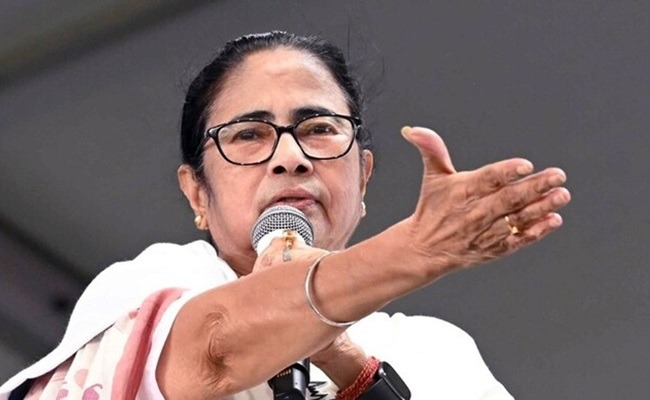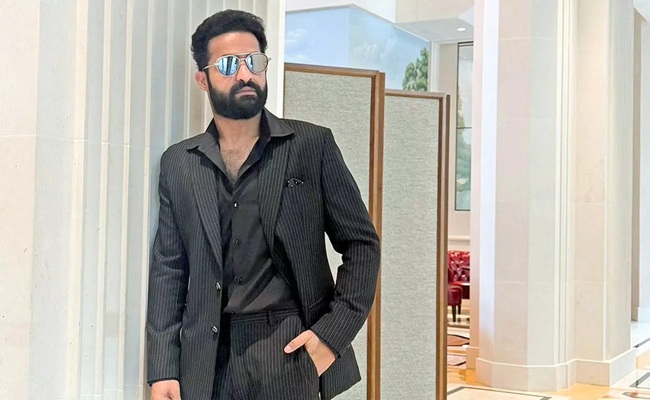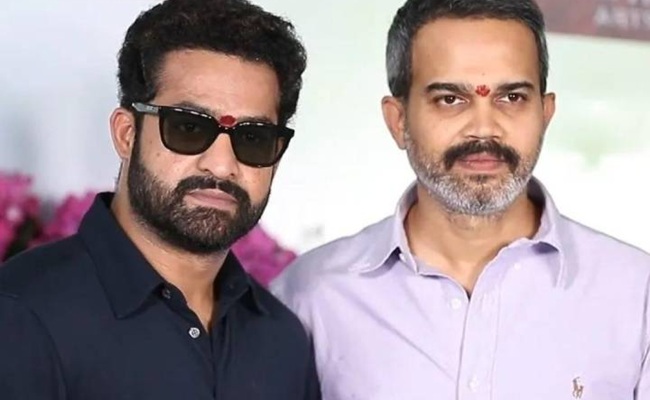In West Bengal’s politically tense environment, the rise of the Bharatiya Janata Party (BJP) marks a major change in a state that was once ruled for decades by the Communists. For many years, the Left Front controlled West Bengal and shaped its politics. But things began to shift when Mamata Banerjee appeared as a strong leader. Her party, the Trinamool Congress (TMC), defeated the Communists in 2011 and started a new phase of governance focused on development and social welfare.
While Mamata Banerjee and the TMC grew stronger, the BJP — which earlier had very little support in the state — slowly started gaining ground. The party worked at the grassroots level and used national issues to connect with people. This effort paid off during the 2021 West Bengal Assembly elections, where the BJP won many seats and became a strong opposition to the TMC, shaking its long-time dominance.
This fight for power is not just about elections but also about social and economic changes. The BJP’s message has connected with people who felt left out under TMC’s rule. Its focus on development and promises to solve local problems attracted many voters. At the same time, its emphasis on Hindutva appealed to the religious beliefs of a large section of the population.
The BJP has also adopted a detailed campaign strategy. It set up thousands of booths across the state to directly talk to voters. These booths became meeting points where party workers could understand people’s concerns and share the BJP’s plans for West Bengal. This local-level campaigning has been an important part of the party’s growth in a state that traditionally resisted its presence.
Meanwhile, politics in West Bengal has become more heated with constant clashes between TMC and BJP. Both parties accuse each other of violence and revenge politics. For the BJP, it’s not only about winning seats but also about breaking the long dominance of the Left and the TMC. With future elections coming, the rivalry between these two major parties is expected to grow, making West Bengal one of the most important political battlefields in India.
In conclusion, the political changes in West Bengal show a mix of power struggles, identity, and people’s hopes. With Mamata Banerjee’s leadership on one side and BJP’s aggressive rise on the other, the state is at a turning point. Whether the BJP can become the main force in West Bengal is still uncertain, but one thing is sure — politics in the state is changing, and the voices of the people are stronger than ever.



